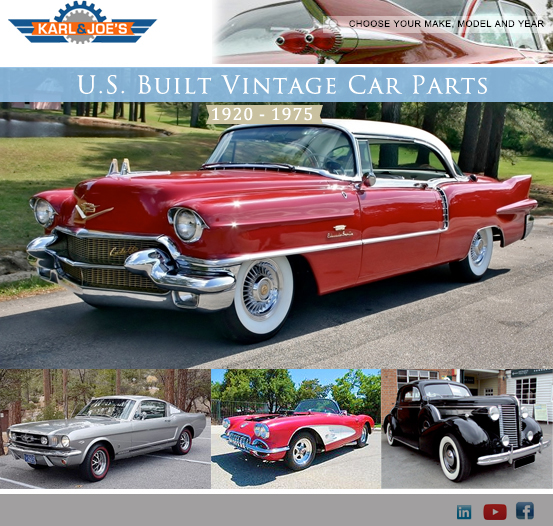 I was browsing business websites the other day. I had
perused about 20 sites when I began to notice a common missing element on many
of them. They did not tell me who they were. Oh, they all had a logo and a
business name, that was clear on all of them. They told me the name of their
business, they just didn’t tell me who they really were from a marketing
standpoint. You know, what it was they were producing and selling, what kind of
company they were, what was their edge in business? I looked at large and small
business websites. I looked at both for-profit and not-for-profit businesses. I
was left with the question: from a marketing perspective, who are you?
I was browsing business websites the other day. I had
perused about 20 sites when I began to notice a common missing element on many
of them. They did not tell me who they were. Oh, they all had a logo and a
business name, that was clear on all of them. They told me the name of their
business, they just didn’t tell me who they really were from a marketing
standpoint. You know, what it was they were producing and selling, what kind of
company they were, what was their edge in business? I looked at large and small
business websites. I looked at both for-profit and not-for-profit businesses. I
was left with the question: from a marketing perspective, who are you?
Good marketing tells you what you are selling instantly.
That is what brand recognition is all about. But we are in a phase of web
design that is all visual and minimal text. The oversized photo web page that
is currently popular looks great, but often does nothing to define your brand
to the viewer.
We suggest our customers create a brand positioning
statement and use it to market to their customers. A brand positioning
statement clearly states the following:
- Your target market. Who is it you are trying to
sell?
- Your product/service.
- The name of your brand.
- A definition of your brand.
- How your brand helps the target market.
- How you accomplish what you do.
Let’s make up a business and create a brand positioning
statement for them. Suppose we have an auto parts business that deals with
parts for vintage cars. The name of the business is Karl and Joe’s. Their
target market would be antique car collectors and mechanics who work on such
cars. They sell original parts salvaged from old cars. They also supply remade
and rebuilt parts. They specialize in American-made vehicles manufactured from
1920-1975. Here is what their brand positioning statement might sound like:
To the antique car collector or
mechanic who desire auto parts for their vintage auto, Karl and Joe’s is a
supplier of original, rebuilt and re-manufactured parts for American-made
vehicles that were manufactured between 1920 and 1975. This helps the vintage
car owner or mechanic find hard-to-find parts to repair their vehicles. We do
this by offering our easy to use website that offers:
- Easy search of year, make, and
model parts
- Original blueprints for vintage
cars
- Overnight shipping on rush orders
That helps define the Karl and Joe’s brand. That statement
would work very well on Karl and Joe’s About Us page on their website. However,
that is a bit lengthy to put on their home page. What if we whittle the brand
positioning statement down to the essential words that the customer must
understand about their brand. Let’s put those in three categories. List out
different ways to say the same thing in each category.
- U.S. built/American made
- Vintage/antique/classic
- Auto/car/vehicle parts
From there, we can build a brief marketing statement that
can be used to define the Karl and Joe’s brand as a tagline, a marketing
campaign, or the headline of their home page.
Karl and Joe’s
U.S. Built Vintage Car Parts
We may need to add the model years that are sold. This would
further refine the brand messaging. Take a look at this fictional website with
and without the brand positioning statement. Without the statement, Karl and
Joe may be selling old cars or they may be restoring old cars. The photos don’t
tell us everything we need to know, but the brand positioning statement leaves
no doubt who Karl and Joe are at a glance.


When your marketing is working correctly, your website’s
home page should incorporate a brief statement that defines your brand. Keep
this short and to the point. I usually recommend no more than seven syllables.
Don’t leave your potential customers guessing at what you do. Answer the
question "who are you?” in your brand positioning statement. Effective
marketing depends upon it.